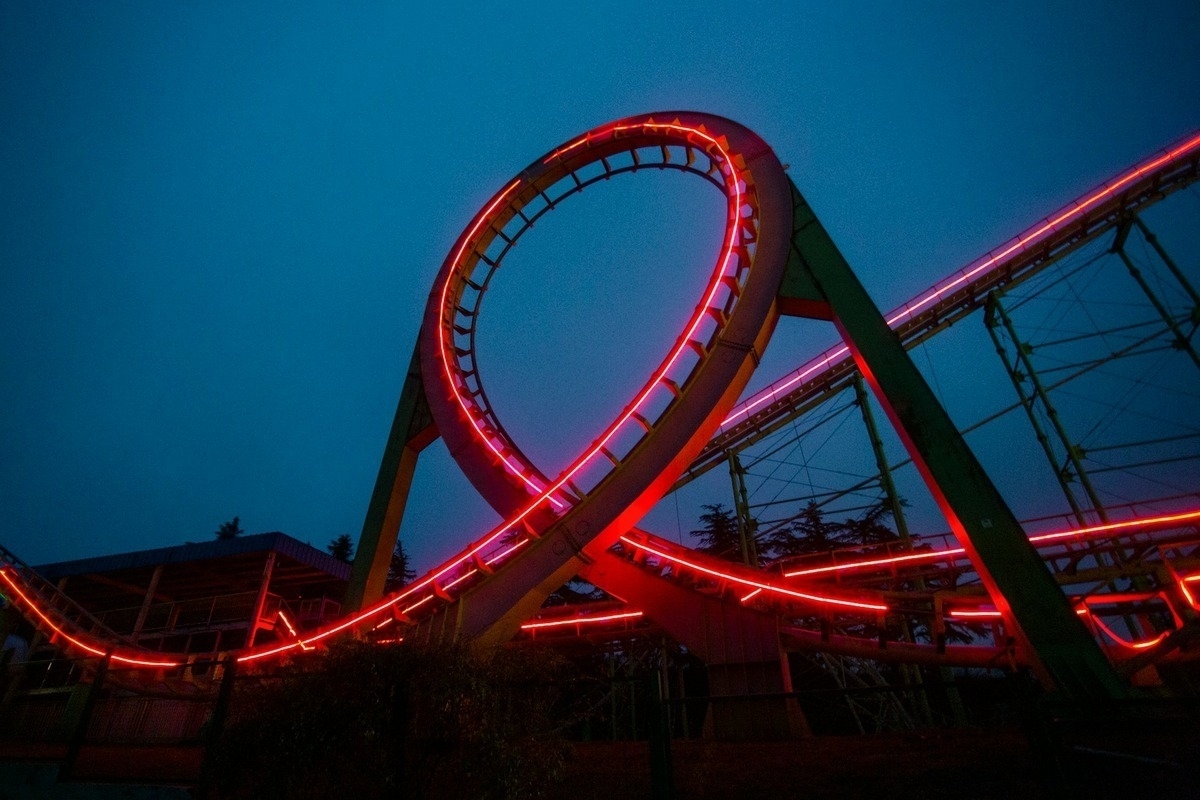The feedback has to be orders of magnitude faster than the situation being controlled

Tom Watson wrote up a workshop he ran on organisational resilience recently, quoting and linking to one of Roger Swannell’s weeknotes about feedback loops. The full quotation from Swannell, taken from his blog, reads:
One of the insights I found interesting is that for feedback loops to work effectively, the feedback has to be orders of magnitude faster than the situation being controlled. So, if we’re shipping fortnightly, then the feedback would have to be hourly in order for us to have any sense of what effect we’re having. In practice, it’s usually the other way round and feedback is much slower than the situation.
Watson goes on to discuss this in terms of organisational resilience, mapping on single-loop _(Are we doing things right?__, double-loop (Are we doing the right things?), and triple-loop learning (How do we decide what’s right?) onto the “Anticipate, Prepare, Respond, Adapt” approach to organisational resilience.
Interestingly, the three things he suggests to help build organisational resilience (continual monitoring, open working, monthly reflections) are things central to our co-op:
[H]ere’s a couple of ideas to try that can help move our approach to learning forward.
Make sure your monitoring and metrics allow you to answer the question “Are we doing things right?” in a timely manner. Short timeframes are generally better. Align to any decisions you need to make.
Embrace open working - devote 20 -30 minutes a week to allow you and your team to reflect on what is going well, what isn’t, what is challenging, what people are seeing.
Put in monthly/quarterly sessions - maybe an hour where you explore the question “Why do we do it this way?” on a specific topic as a team. Use the weeknotes to start the culture of open reflection, use them to identify common topics that might be coming up.
Doing these 3 things will move you from being only in the Response phase, into anticipate and prepare phases. Or if you prefer from single to double loop learning.
Sources: Tomcw.xyz / Roger Swannell
Image: Aleksandr Popov